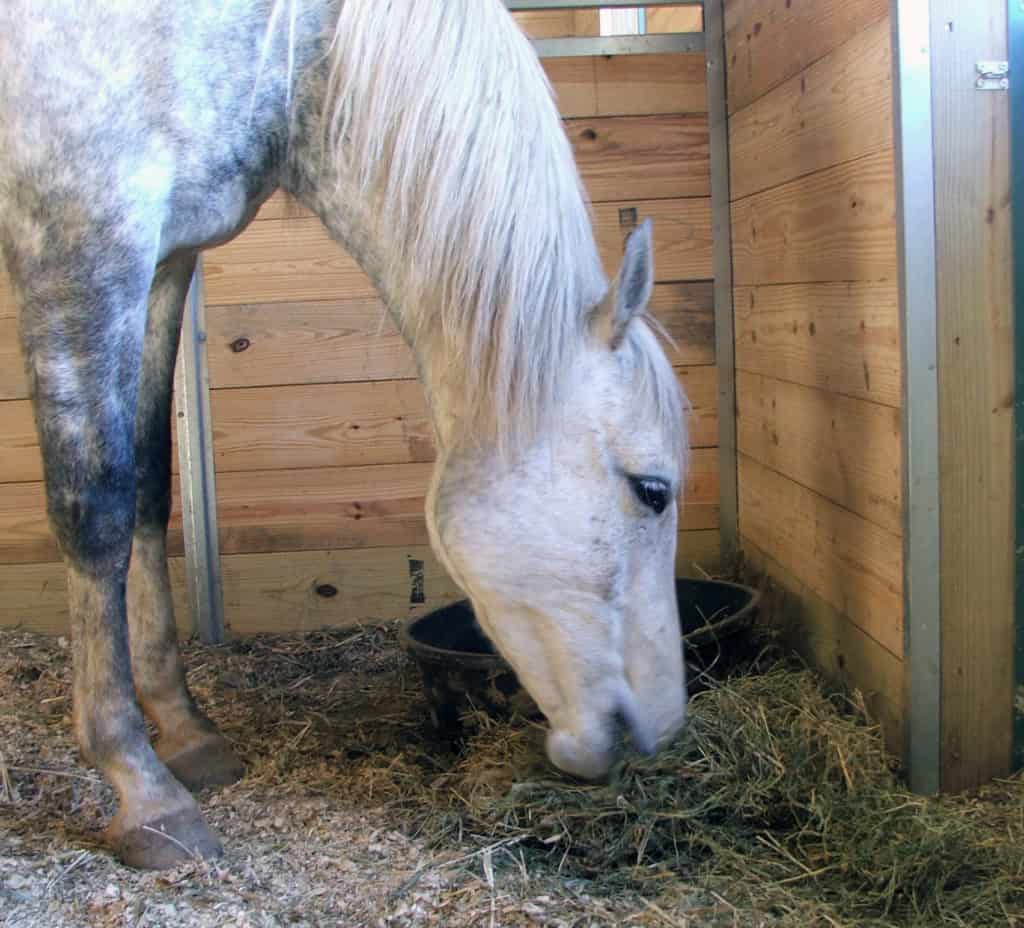
Celebrating International Donkey Week
In honor of International Donkey Week, May 6-11, 2019, we asked readers to share photos and stories of their favorite long-eared equines.

In honor of International Donkey Week, May 6-11, 2019, we asked readers to share photos and stories of their favorite long-eared equines.

Acid detergent fiber and neutral detergent fiber measurements can help you decide if hay is good for your easier keeper, broodmare, or growing foal.

We must consider the breeds of our horses and ponies when planning their diets. Here’s a look at what we currently know about feeding major equid categories and where we’re heading.
Presentation topics will include metabolic issues, breeding, melanoma, lameness in prepurchase exams, and more.

Donkeys’ hair coats hardly change across the seasons, meaning they aren’t as well-equipped to deal with cold weather as horses.

For the first time in more than a century kulan (or Asiatic wild asses) are residing on Kazakhstan’s central steppes.

Researchers from The Donkey Sanctuary and the University of Milan developed the guidelines during a two-year study.

Is your donkey bored? Here are suggestions for adding entertaining food to your donkey’s environment.

Donkeys are commonly diagnosed with sarcoids. Other common horse tumors, however, are not prevalent in donkeys.

Did you know donkeys are more prone to laminitis in their hind feet, whereas horses tend to founder on their front? Learn about these donkey-health facts and more in our special report.

Miscellaneous topics included studies on besnoitiosis in donkeys and fever prevalence in imported horses from the 2011 AAEP Covention, held in San Antonio, Texas.
Stay on top of the most recent Horse Health news with
Notifications